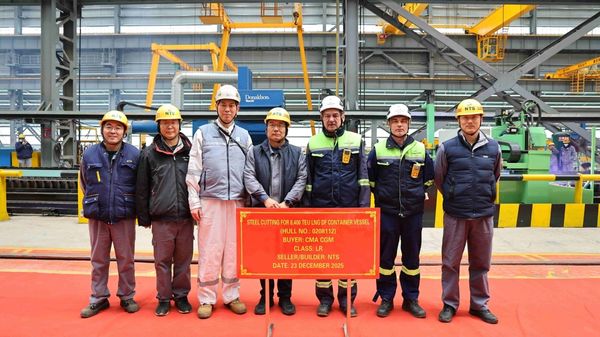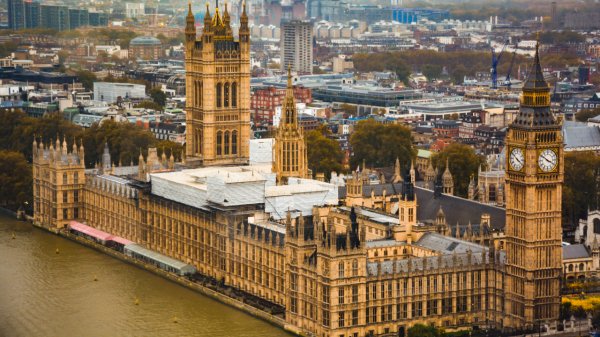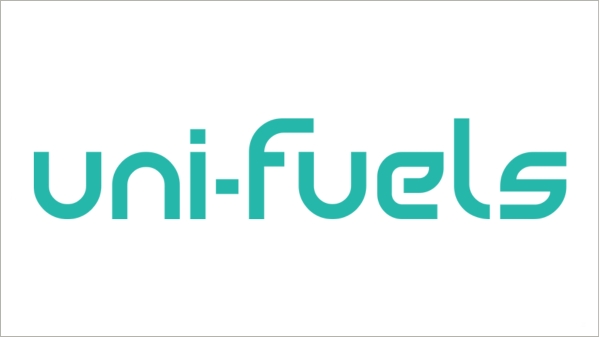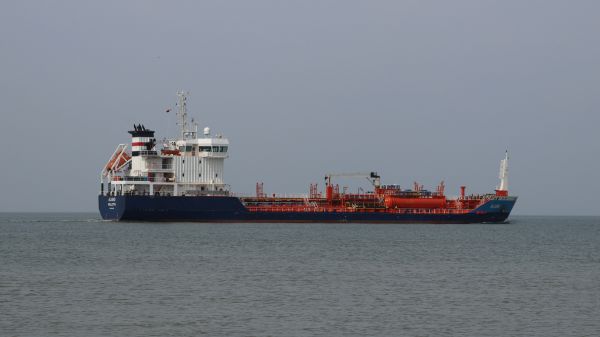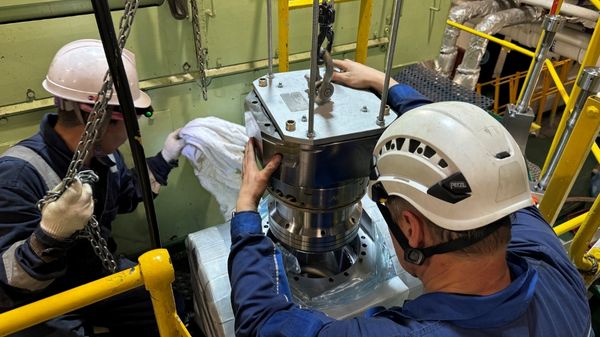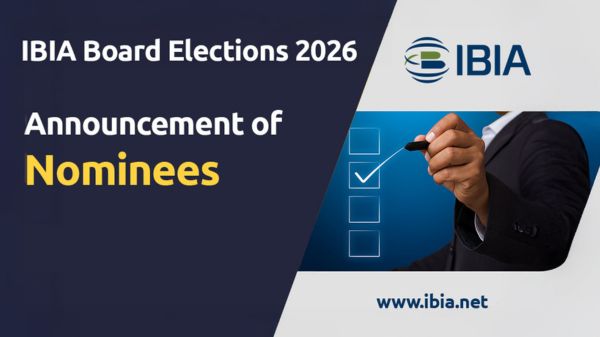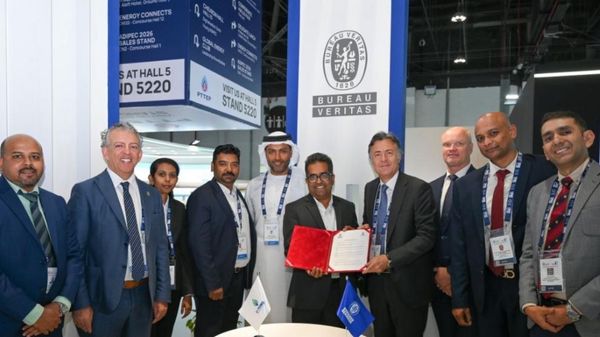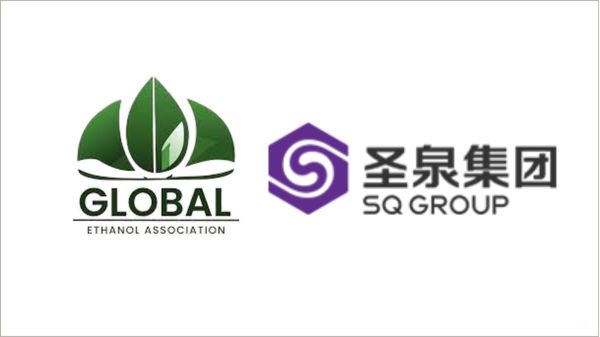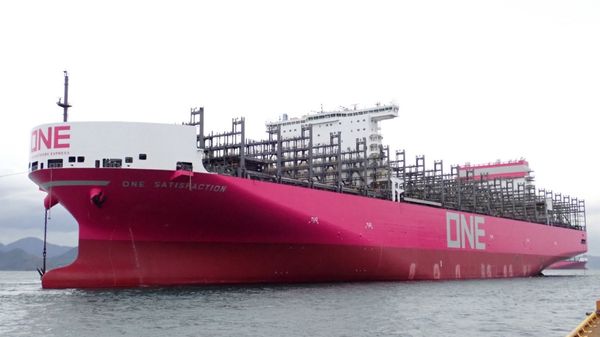A new report entitled "
Effectiveness of international regulation of pollution controls: the case of the governance of ship emissions" has been published by the Cardiff-based
Seafarers International Research Centre (SIRC).
The 20-page document draws on the observation of ship inspections in selected
UK and
Swedish ports, and interviews with inspectors, regulators and shipping industry stakeholders, with the object of assessing the effectiveness of current enforcement of controls on ships' SOx emissions in the North Sea and Baltic
Emission Control Areas (ECAs).
In all, 50 interviews were completed and 16 ship inspections (involving visits to seven different Port State Control (PSC) offices in the
UK and
Sweden) were observed. In addition, some unpublished, background statistical data was collected: records of
Falmouth bunker deliveries; records of tests of fuel samples taken by the Swedish and
Dutch authorities, records of fuel sample tests undertaken by testing company
Lintec; and the results of an in-house survey undertaken by a ship operator, concerning fleet experience of fuel sampling and testing by statutory authorities.
Consensus was reached on the list of report recommendations by an expert panel (or electronic ‘Delphi group’), composed of two shipping industry managers, two regulators, one shipping industry association representative, one PSC Officer and one member of an environmental NGO.
On the issue of fuel price differentials, the report said: "For many operators, fuel bills now account for about half of their operating costs. The potential savings for operating with less than the statutory minimum crew are dwarfed by the savings that can be made by operating with non-complaint fuel.
"Wallenius Wilhelmsen’s previously cited policy of operating continuously with low-sulphur fuel was estimated by the company to have cost an additional $2.7 million dollars in 2009. In that year the price differential between low-sulphur and high-sulphur heavy fuel oil was around $10 per tonne. In early 2011, the price differential suddenly increased to around $80 per tonne, following disruption to supplies of Libyan oil which has naturally low sulphur. Currently (November 2012) that differential has slipped back to $22.50 per tonne, while the price differential between high-sulphur heavy fuel oil and distillates is around $320 per tonne.
"From 2015, of course, vessels in the ECAs will be required to burn distillate. Industry analysts are clear that, short of a world economic slump, the recent enforcement of a North American in ECA (from August 2012) will ensure a continuing very high price differential between ECA-compliant and non-compliant fuel. It is estimated that, after August 2012, half of all container ship voyages will involve transiting an ECA. There are also concerns about future fuel availability, due to limited refinery capacity and burgeoning demand for distillate from China and India. As one expert interviewee put it: 'In the future world, distillate will be costly, its availability will be questionable, and its quality will be much more variable.'"
Conclusion
In the report's conclusion, it says: "On the enforcement of the regulations on sulphur emissions, the fragmentary evidence reported above leads us to conclude that it is clear that a minority of berthing ships in the UK and Sweden are continuing to burn non-compliant fuel. In many cases, non-compliance appears to be due to bunkerers supplying off-spec fuel, rather than conscious regulatory avoidance by ship operators. The best estimates for off-spec fuel are 2.7% in Western Europe and 1.4% in the Baltic. Other reasons for inadvertent non-compliance are faulty changeover procedure (particularly among vessels with single service tanks) and ‘stratification’ of fuel in storage. Swedish data from their fuel testing programme, although based on a very small percentage of port calls, indicates a non-compliance figure due to all causes (inadvertent and deliberate non-compliance) of 4%.
"There is no reason to suppose compliance levels will be identical across different EU States in the ECA, and indeed it seems likely that non-compliance levels among berthing ships in Swedish ports may be lower than in the UK."
The report adds: There is a danger that the 'level playing field' desired by operators may not be met and that the industry’s 'culture of compliance' may break down in this regulatory area, especially if the very small chances of detection through statutory testing become more widely appreciated. The major factor in this possible breakdown is undoubtedly the very substantial cost savings to be made by running on non-compliant fuel.
"The substantial financial incentives to use non-compliant fuel (uniquely large in respect of the rewards for regulatory avoidance in the shipping industry) argue the need for particularly effective measures of enforcement in this particular domain. Although there is scope for making documents like the BDN more suitable for statutory purposes, a reliance solely on visual checking of documents does not seem appropriate to this need for particularly effective enforcement."
Significantly, the SIRC report concludes: "If the EU 0.1% sulphur port fuel regulations are not to appear toothless, non-compliant vessels need to be 'named and shamed'."
Recommendations
1. Fuel Testing/Sampling.
The report recommends that the
Maritime and Coastguard Agency (MCA) consider piloting, as part of the PSC inspections, the use of both fuel sampling kits similar to those used in
Sweden and those kits similar to those used in
Germany and the
Netherlands. The sampling kits would be used in conjunction with laboratory testing.
2. Publication of Non-Compliant Vessels on Equasis.
That all EU countries inform the
European Commission of the IMO number of all vessels found to be non-compliant in respect of the EU 0.1% sulphur port fuel regulations, with a view to the Commission seeking to ensure that these non-compliant cases appear on the Equasis database.
It is proposed that the Equasis record contain the vessel’s name, IMO number, inspection place and date, and the fact that the 0.1% EU at -berth provision has been violated. At present, a vessel that is detained for burning fuel in port that is in violation of the EU 0.1% sulphur at berth regulation, can only appear in THETIS and Equasis if the Port State Control Officer has recorded this regulatory violation as a deficiency under IMO’s ISM code.
3. Changes to the BDN.
The report proposes that bunker deliveries be recorded electronically. In the absence of an agreement on electronic recording, SIRC recommends that agreement should be sought at IMO on a new format for the Bunker Delivery Note. According to the report, consideration should be given to the following propositions: (a) that the BDN should be in English; (b) that it should always state the sulphur content (already an IMO requirement); (c) that the Registration Number of the bunkerer be recorded (whether or not delivery is by a sub-contractor); and (d) that the material of the BDN be such that erasures or alterations to the note be visibly obvious.
4. Next Port Inspections.
SIRC proposes that discussions be entered into with the Paris MoU staff about the feasibility of making a vessel’s non-compliant fuel lab test result at the last port the occasion for a P1 inspection at the vessel’s next Paris MoU port.
5.Single Service Tanks.
Further consideration to be given to the potential danger posed to ships with single service tanks changing over to compliant low sulphur fuel by means of the partial emptying of the service tank. For example, it may be inadvisable for such ships to have to queue for bunkering.
6. Laser Screening.
While Swedish experiments are still continuing with laser equipment mounted on a plane and on an inshore vessel, the report says that it would be premature to offer recommendations on the monitoring of compliance by transiting, non-berthing vessels. However, consideration could be given in future to mounting laser equipment on a vehicle rig for visiting ports and ‘screening’ incoming and berthing ships for possibly non-compliant fuel, with arrangements for follow up sampling of those identified as possibly non-compliant. Alternatively, a small number of the portable laser devices used by refineries could be purchased for the same screening purposes, the report says.
7. Port State Control Training.
According to the report, there may be scope for the sharing among Port State Control surveyors of best inspection practice on monitoring compliance with fuel regulations, for example, on methods of checking the accuracy of the logged changeover procedure, based on the BDNs, service tank throughput, etc, and on the recording the violation of the EU 0.1% port fuel regulation as an ISM deficiency. Best practice could be incorporated in in-service courses for surveyors and Paris MoU training courses.
Please click on the following link to read the full report:
SIRC Report: 'Effectiveness of international regulation of pollution controls: the case of the governance of ship emissions'

